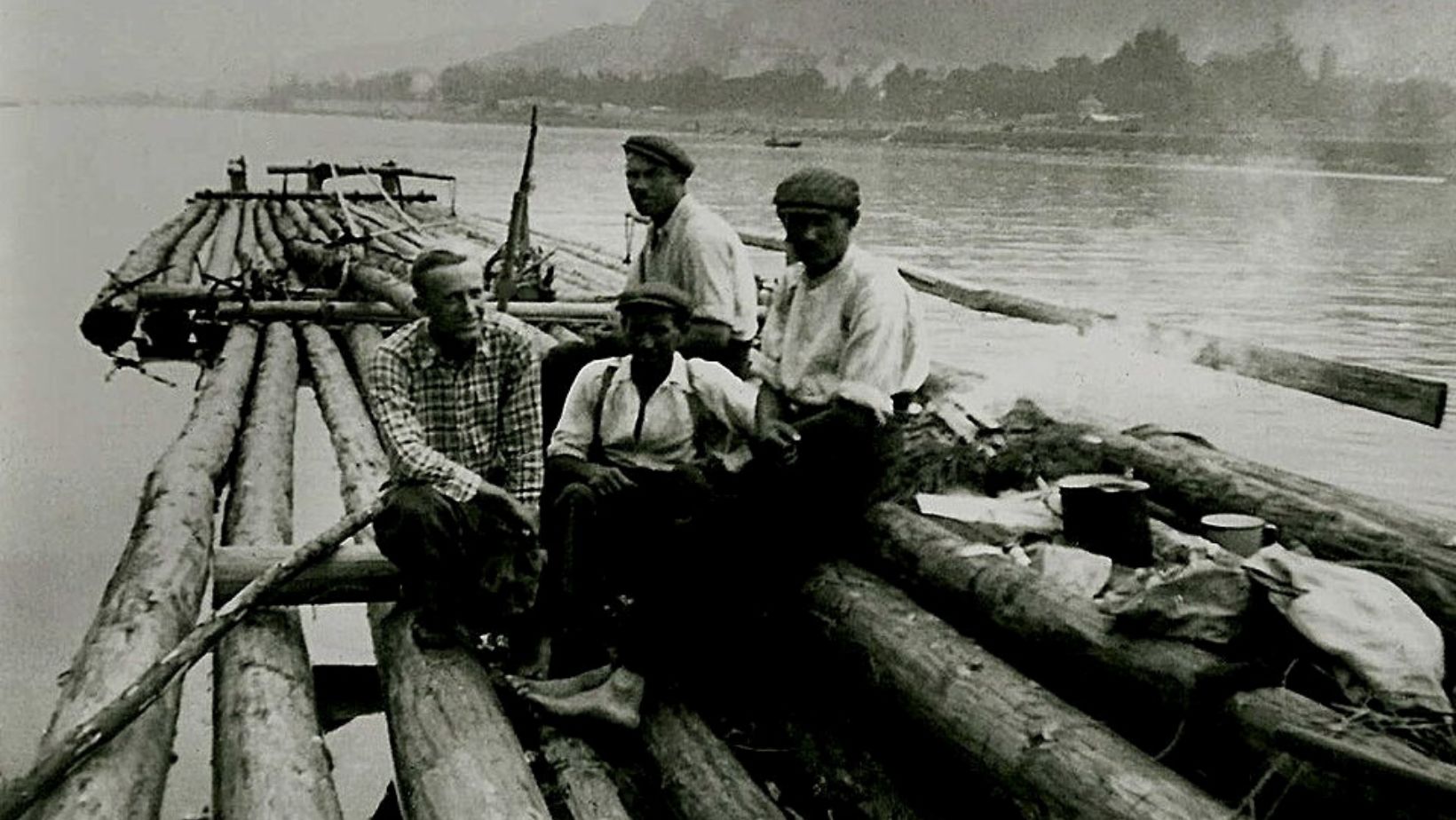UNESCO has decided to include in its representative list of Intangible Cultural Heritage of Humanity the Czech “timber rafting” tradition.
The multinational application “Timber Rafting” was made by six countries – Austria, the Czech Republic, Latvia, Poland, Spain and Germany.
The craft, dating back to the 14th century, involves the transport of wood by waterways from areas rich in woodland to those in which it is scarcer.
Timber rafting had a long tradition in the Czech lands, ranking among highly respected and recognised, but also dangerous professions.
According to most sources, the first historical mention of timber rafting on the Vltava River dates back as far as medieval times.
At the time, the biggest source of timber, needed for the construction of houses, was in South and Southwest Bohemia, and the fastest way to deliver the logs to different destinations was the river.
Rafting on the Vltava ended after the Second World War when a cascade system of dams was built on the river.
The timber rafting tradition received a very positive assessment from experts, who said it demonstrates the close connection of man with nature and the rational use of natural resources, which is fully in line with the European course towards sustainable development.
The UNESCO Intergovernmental Committee highlighted the application as an example of successful international cooperation in the preparation of the application and especially emphasized the great involvement of the communities themselves in preserving and developing their intangible cultural heritage.
UNESCO’s representative list of Intangible Cultural Heritage of Humanity is created to ensure greater visibility of intangible cultural heritage and to expand understanding of its importance, as well as to promote dialogue on cultural diversity.
The list so far includes 640 values from 140 countries of the world, and this year the list will be supplemented with at least 35 more values.
-
NEWSLETTER
Subscribe for our daily news










